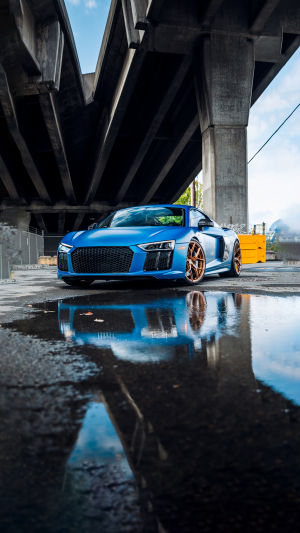Though often overlooked, vehicle lights stand as essential components of any vehicle, be it a car or a bicycle.
The necessity of lights on the front of vehicles cannot be understated.
However, regarding replacement, the perceived costliness of vehicle lights can raise eyebrows. Many fail to realize that automotive lighting systems are far from simple bulbs; they embody many considerations and complexities.
Consider, for instance, driving a car for extended hours in the scorching summer heat, only to be parked on an uphill slope with direct sunlight hitting the lamp reflector. Such conditions must be accounted for in the design of automotive lamps.
Laser headlights, a technology emerging alongside LEDs, utilize blue monochromatic light filtered through yellow phosphorus to produce white light. Brightness and color temperature are meticulously calibrated, and extensive testing is conducted before production to ensure optimal performance under various conditions.
The commonly known automotive headlight assembly, often called headlights, encompasses intricate design elements.
The light guide cover, for example, features complex designs aimed at achieving uniform brightness within specified angle ranges while considering vertical lighting conditions. The complexity of these designs serves to maximize lighting coverage and distribution.
The headlight glass is a marvel of engineering, requiring a delicate balance of low refractive index, high stiffness, and material toughness to withstand impacts from debris while maintaining water tightness. Each design iteration undergoes rigorous testing, and any failure necessitates restarting the design, trial production, and testing process.
Mass production begins once all design and testing phases are completed, incurring costs such as mold fees, equipment, and labor. Quality inspections by the manufacturer and the host plant ensure adherence to standards before lights are shipped for installation.
However, due to the symmetrical nature of automotive lamps, replacement costs for a single side must be considered, as manufacturers typically sell assemblies in pairs.
The intricacies of automotive lighting systems, compounded by design considerations, testing requirements, and production costs, contribute to the perceived expense of replacing vehicle lights.
Despite advancements in technology and manufacturing processes, the complexity of these systems underscores the value and investment required to ensure safe and reliable illumination on the road.
While the cost of automotive lamps may seem steep at first glance, a deeper understanding of the intricacies involved in their design, production, and installation sheds light on the rationale behind their pricing.
As vehicles evolve technologically, so will the sophistication and cost of their lighting systems, reflecting the ongoing pursuit of safety and efficiency on the road.
With LED and laser technology advancements, manufacturers have incorporated adaptive lighting systems that adjust beam patterns in response to road conditions and surrounding traffic, enhancing safety and driver comfort.
Moreover, stringent regulatory standards regarding headlight brightness, beam distribution, and energy efficiency necessitate continuous innovation and compliance, adding to the complexity and cost of automotive lighting systems.
As such, while the expense of replacing vehicle lights may appear daunting, it reflects the ongoing pursuit of excellence in both performance and compliance within the automotive industry.





